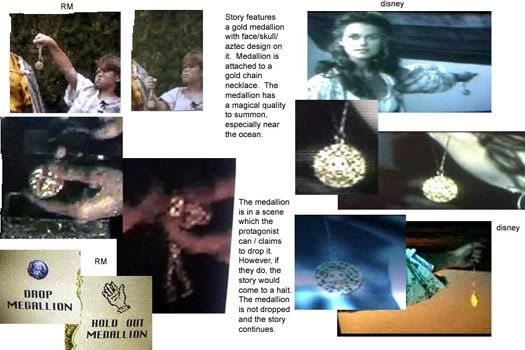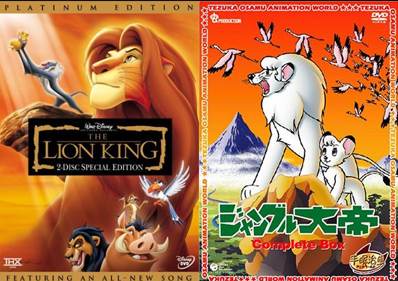I find that very fascinating. I agree that many architects will ignore this principle, I saw it many times in architecture school. But, to be fair, sometimes making "things" can be a risky proposition. I was fortunate to go to school in a city with a Gehry designed museum (the prototype of Bilbao and Disney Concert Hall), and I personally love the building. However, there are many, many people who do not like it, and even some that downright loathe it. Here in Florida, I look at the Swan and Dolphin. It's certainly a pair of buildings with a sculptural presence, but they are not universally loved like the Eiffel Tower. Maybe, like the tower, they will gain more respect as time goes on, but in my opinion, they are a product of their time, and I have a hard time picturing them as timeless icons of Walt Disney World.
I will 110% agree that all of these buildings are definitely memorable, the trouble is they may not be remembered in a way a designer hopes. There's a fine line between famous, and infamous. i believe it's all a matter of knowing who you are designing for, and knowing your context. The museum on my alma mater's campus was designed to reflect and resemble the river flowing before it, but compared to the other buildings in town it's sticks out like a sore thumb. It's easy to see that it was done intentionally, but I know it's the heart of much of the negativity it receives. The Swan and Dolphin, which I personally have nothing against architecturally, really do create an unfortunate contradiction in the World Showcase skyline. Again, it's clearly an intentional choice.
I personally feel that the best use of "things" in design will accomplish two things: first, it needs to look like it was meant to be where it is, and it needs to remove people's ability to picture it's site without it. Without these factors, it's so easy for a structure to just become a goofy looking building.


